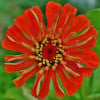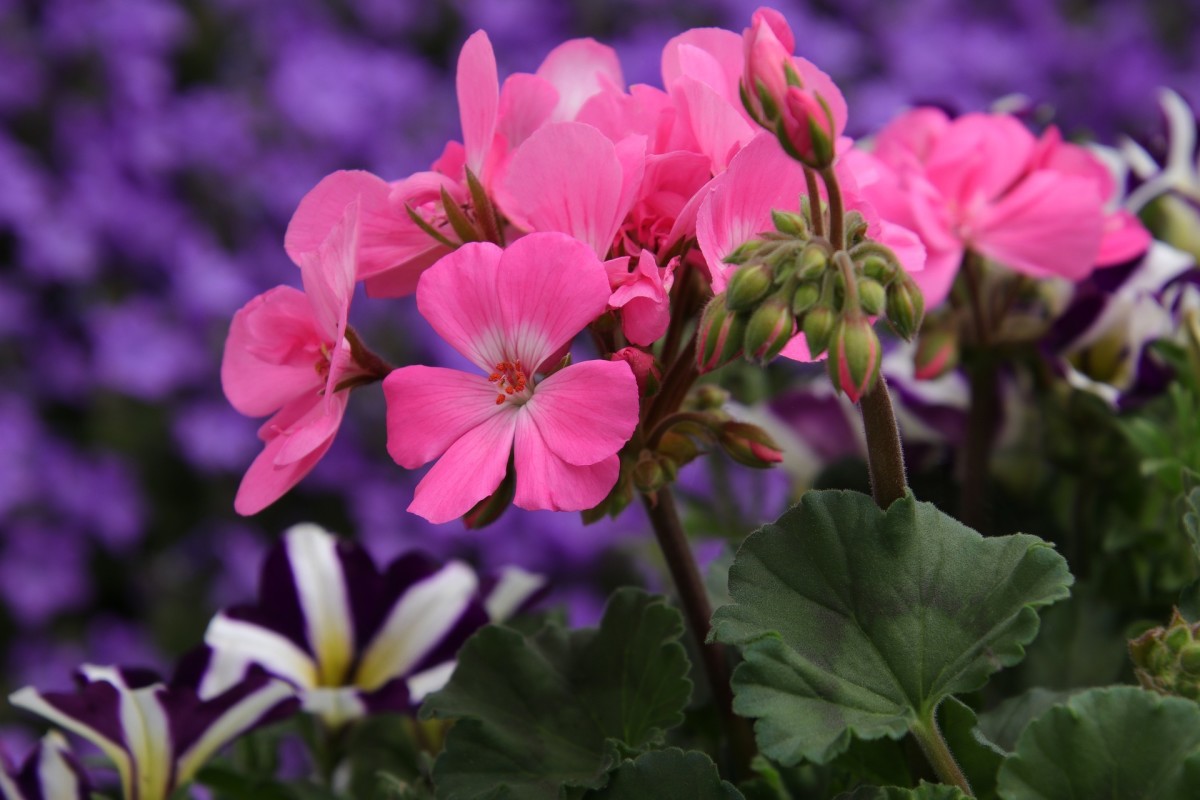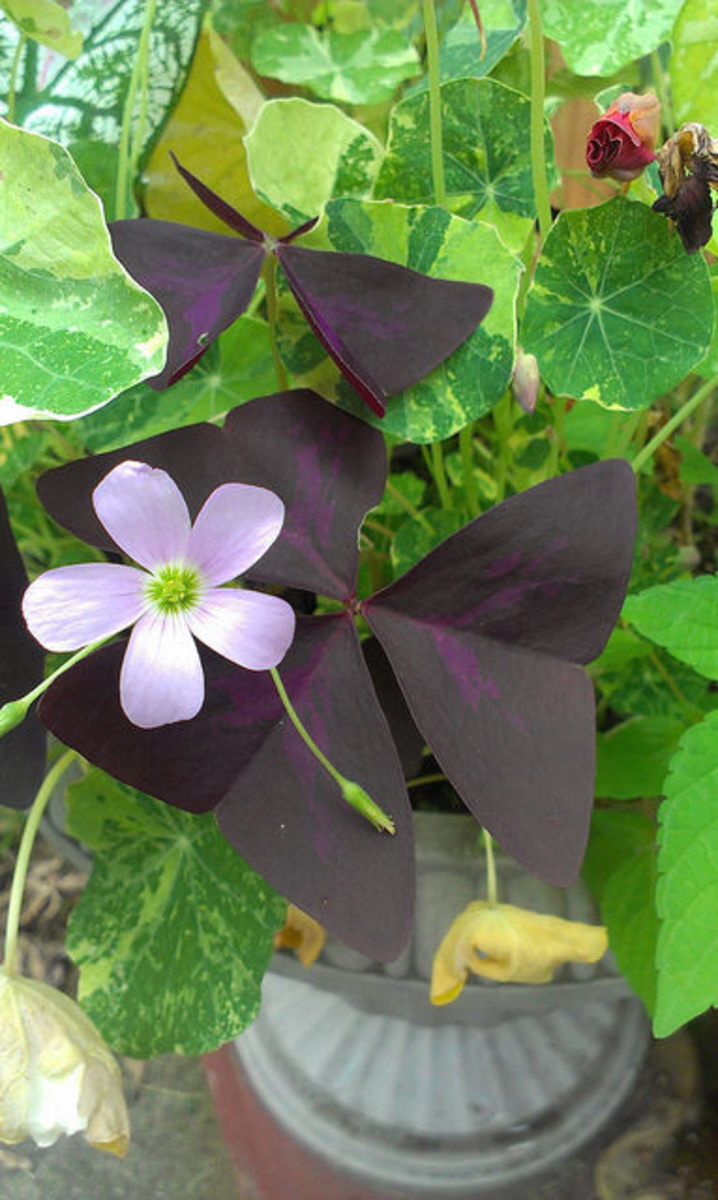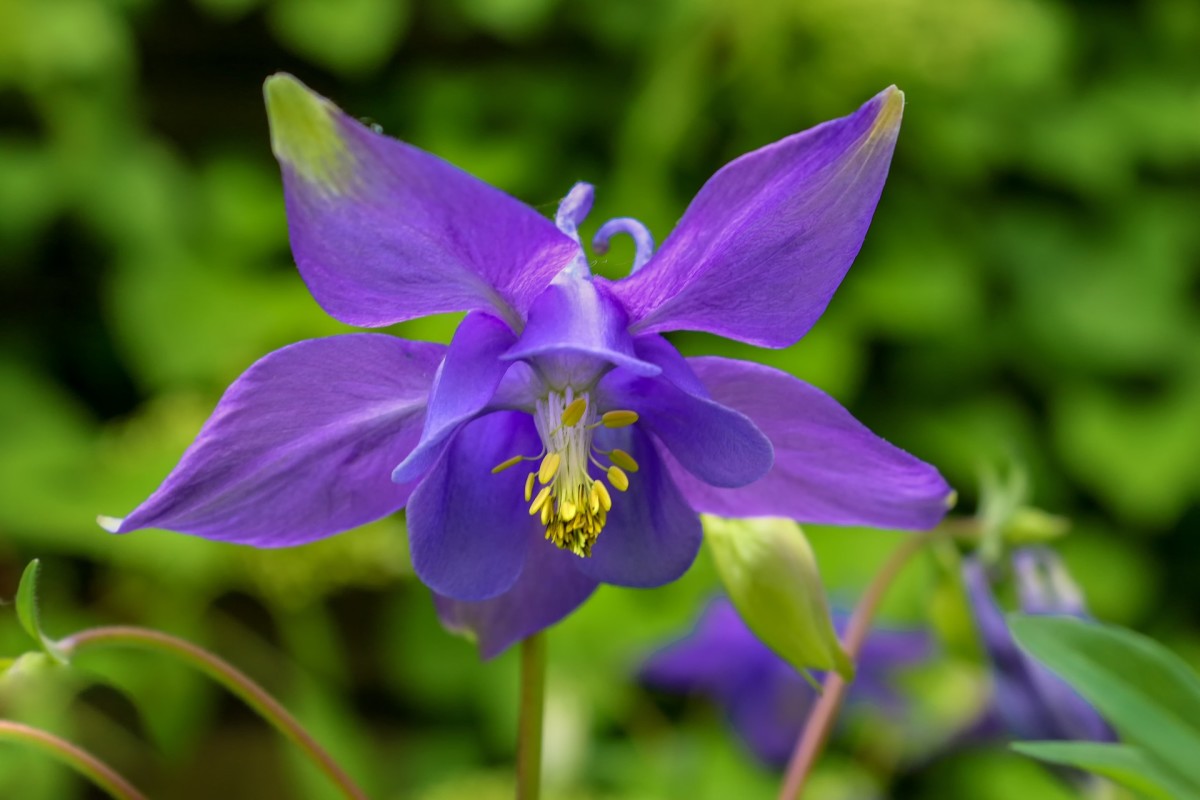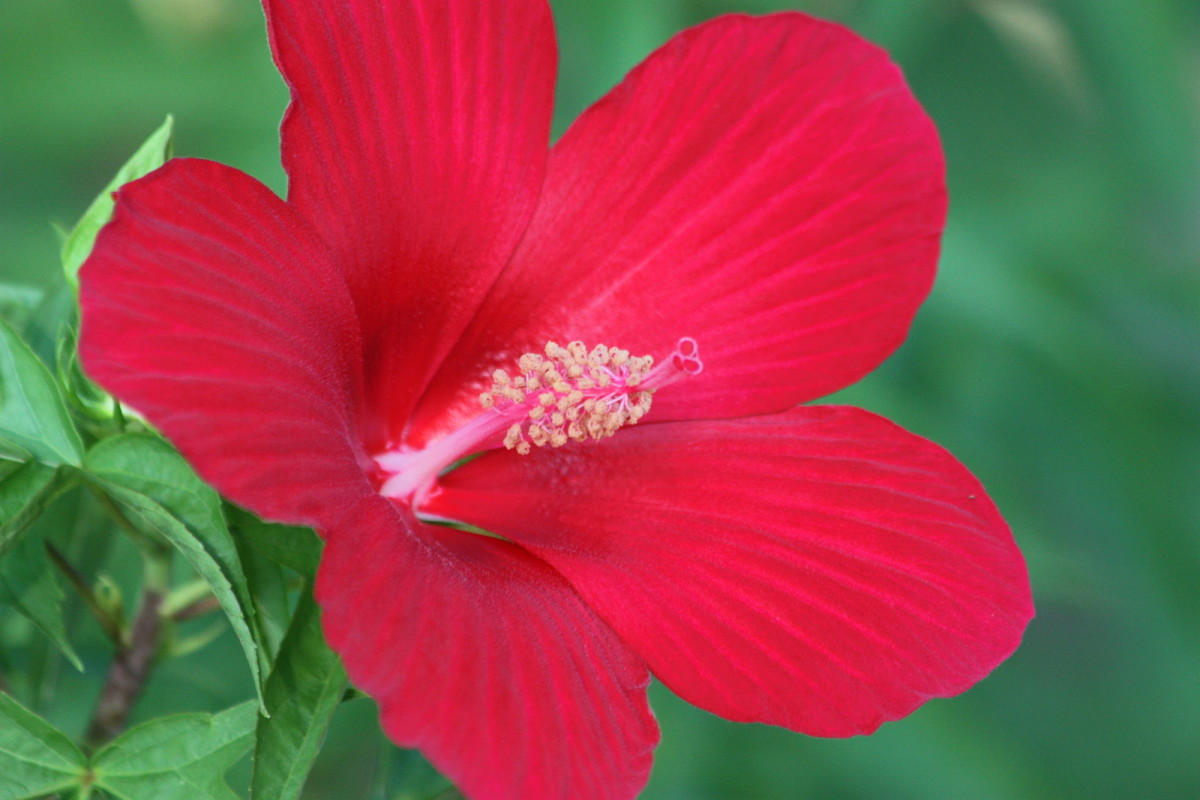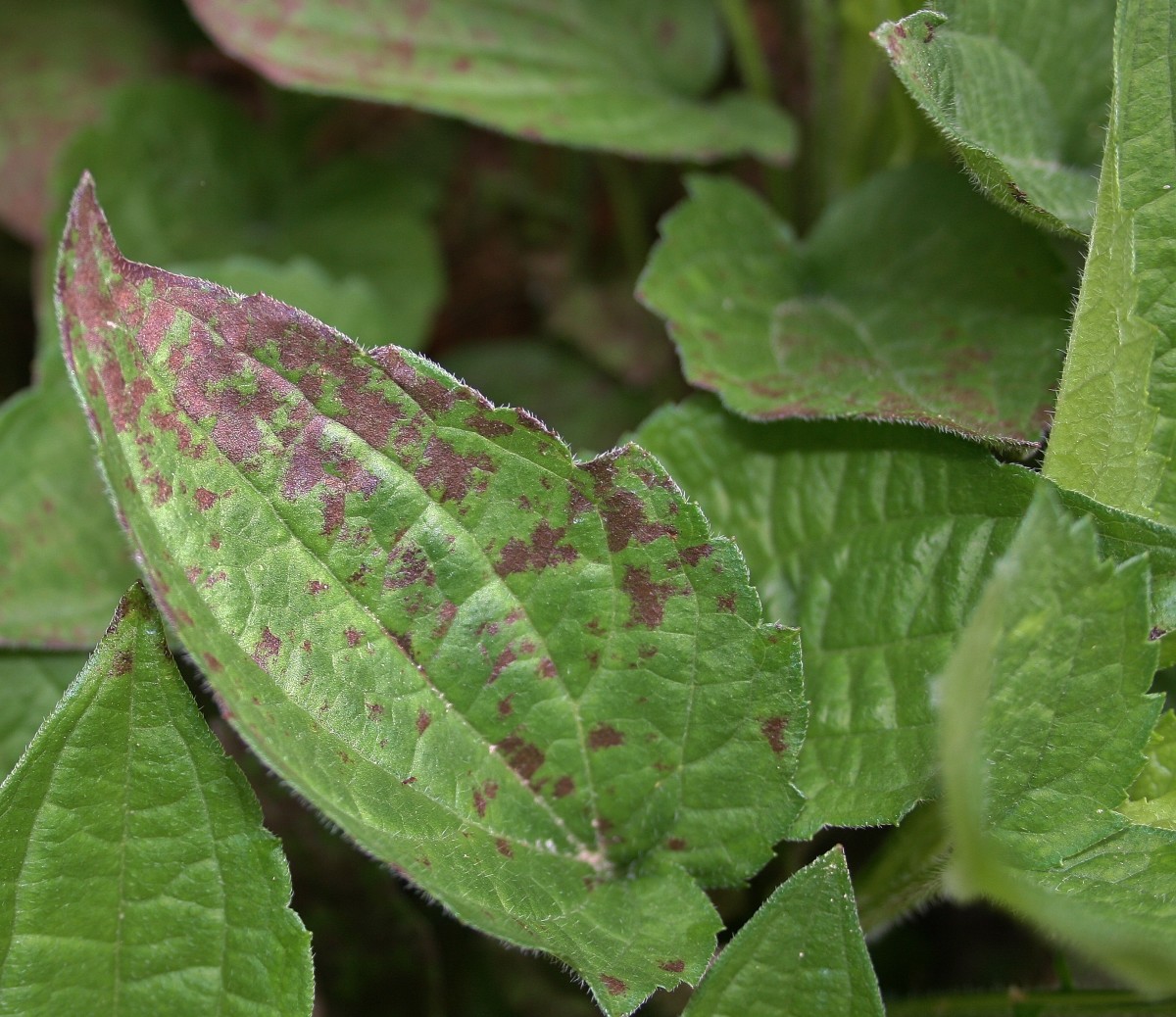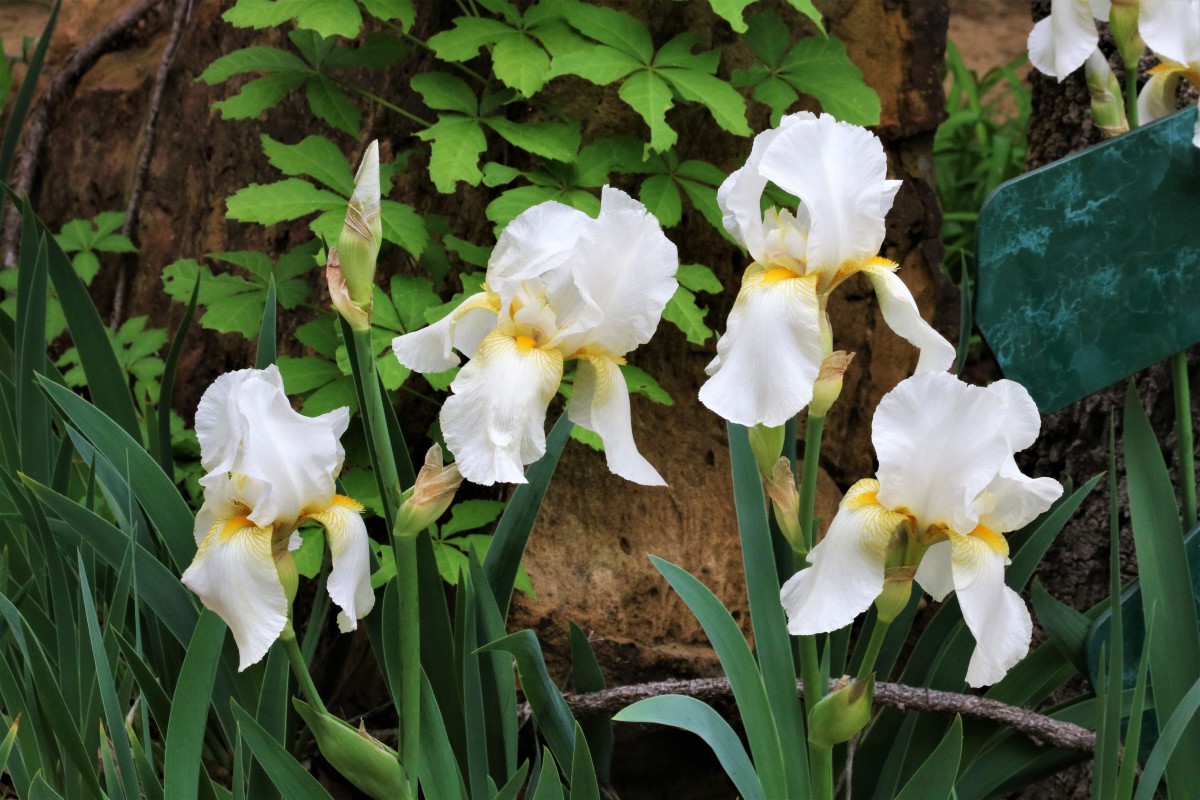- HubPages»
- Home and Garden»
- Gardening»
- Planting Flowers
Extremely Hardy Summer Perennials
Hardy summer bloomers that will turn your brown thumb green

Sea holly, globe thistle, anise hyssop, deadnettle, blue false indigo— not only are these herbaceous perennials deer resistant & drought resistant, but they're also impervious to neglect.
Even stone-cold plant killers will be hard pressed to destroy these tough-as-nails perennials. They're so tough their species' name should be 'Chuck Norris'!
Not only are they resistant to just about everything, but they bloom when most other plants falter in the hot summer sun.
Try one of them or all of them to add interest and color to your summer garden.
Sea Holly (Eryngium)
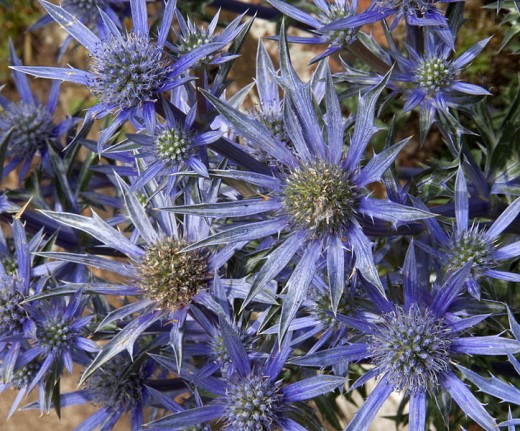
Sea Holly
When it comes to gardening with perennials, it doesn't get much easier than Eryngium, commonly called sea holly.
Sea holly thrives under drought conditions in poor, baked soil. Sow it from seed in the hottest, least hospitable part of your garden and watch it grow.
Not only is it deer resistant and drought tolerant, but sea holly is also salt tolerant. And bees and butterflies love it!
If you decide to add sea holly to your garden, the most maintenance you may have is occasionally deadheading, that is, removing spent blooms. Otherwise, your sea holly could self seed too much and become invasive.
Many species of sea holly are readily available online. All have silvery-gray foliage and either white, blue or purple-blue spiky flowers. Most are hardy in USDA Zones 4-10.
Amethyst sea holly (Eryngium amethystinum) is one of the hardiest species, performing well in Zones 2-10. It produces prickly purple-blue blooms.
Because it has tap roots, sea holly doesn't transplant well. It's best to start it from seed, broadcasting it directly outside.
It's probably the prickly texture of sea holly that causes deer to give it a miss.
Globe Thistle (Echinops)
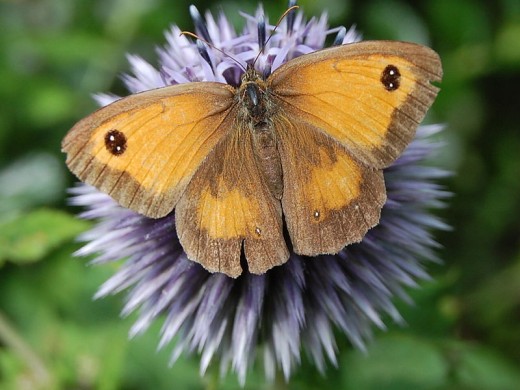
Globe thistle is a great cutting garden flower, producing big blue blooms with sturdy stems.

Globe Thistle
Globe thistle has several traits in common with sea holly. It's a deer-resistant, drought-tolerant self seeder that has greyish foliage.
In midsummer, globe thistle produces round blue flowers that contrast beautifully with its silvery green leaves. Want your globe thistle to spread? Allow some of the flowers to dry on the stalk, and the plant will self seed. Globe thistle's flower seed also attracts birds.
How big blue globe thistle flowers are depends upon the species. Echinops bannaticus 'Blue Glow' produces deep blue flowers, while the smaller Echinops ritro's blooms turn bright blue when they're mature.
Ordinarily, species of globe thistle reach heights of one to three feet, with a single plant growing as wide as two feet. 'Blue Glow' is one of the taller species, reaching heights of four feet, while small globe thistle (Echinops ritro) only grows to about one foot in height.
Some species are hardier than others; however, on average, many globe thistle varieties will grow well in Zones 3-10.
Anise Hyssop (Agastache foeniculum)
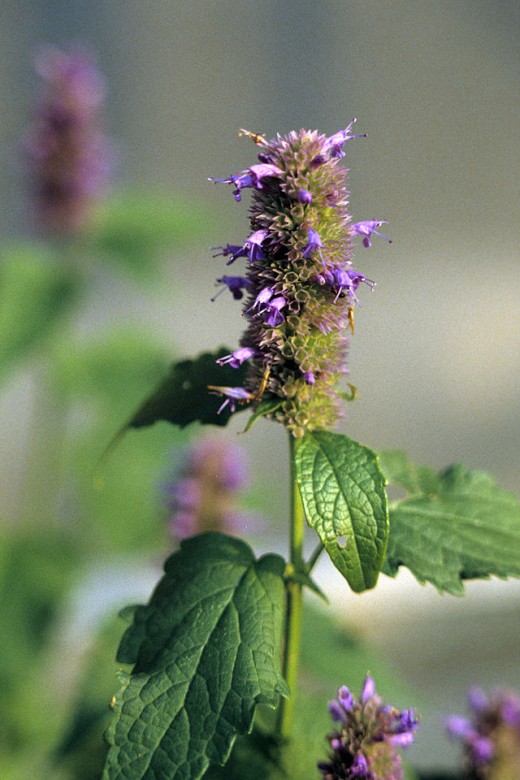
A fragrant herb in the mint family, anise hyssop attracts bees, butterflies and hummingbirds.
Anise Hyssop
Like the other perennials on this list, anise hyssop is deer resistant, drought tolerant and low maintenance.
Unlike the others, anise hyssop is an herb. It tastes and smells like anise, the flavoring in licorice. Anise hyssop may be used fresh or dried in salads, baked goods and teas.
It grows best in full sun but will also perform well in partial sun.
Along with other Master Gardeners, I grow anise hyssop in a public garden that's serviced roughly four times a year.
Along with other Master Gardeners, I grow anise hyssop in a public garden near my home. The garden doesn't have an irrigation system; the plants there grow on rainfall alone. And because it's cared for by volunteers, the beds are maintained only about four times a year.
Despite the heat and neglect, anise hyssop thrives there, displaying tall, purple flower spears throughout the summer and a lovely brown silhouette in the fall and winter months.
While deer avoid anise hyssop, bees and butterflies are drawn to it, as are hummingbirds. In fact, the plant's common name is hummingbird mint.
Although it's a herb in the mint family, anise hyssop is often designated in guidebooks as a North American wildflower. Its leaves look a lot like the leaves of catnip.
Most anise hyssop is hardy in Zones 4-10, reaching heights from one foot up to eight feet, depending on the species and the location.
In both summer and fall, anise hyssop produces small flowers on large flower spikes.
Usually blossoms range in color from light blue to purple, although some varieties produce pink, white or yellow flowers. The flowers of sunset hyssop, for instance, are a blend or orange, red and purple. The flowers of Agastache cana 'Rosita' are pink.
Fresh or dried, anise hyssop flowers retain their odor, making them perfect for arrangements and potpourris.
Summer Flowers
Do you need more hardy summer bloomers in your garden?
Deadnettle (Lamium)
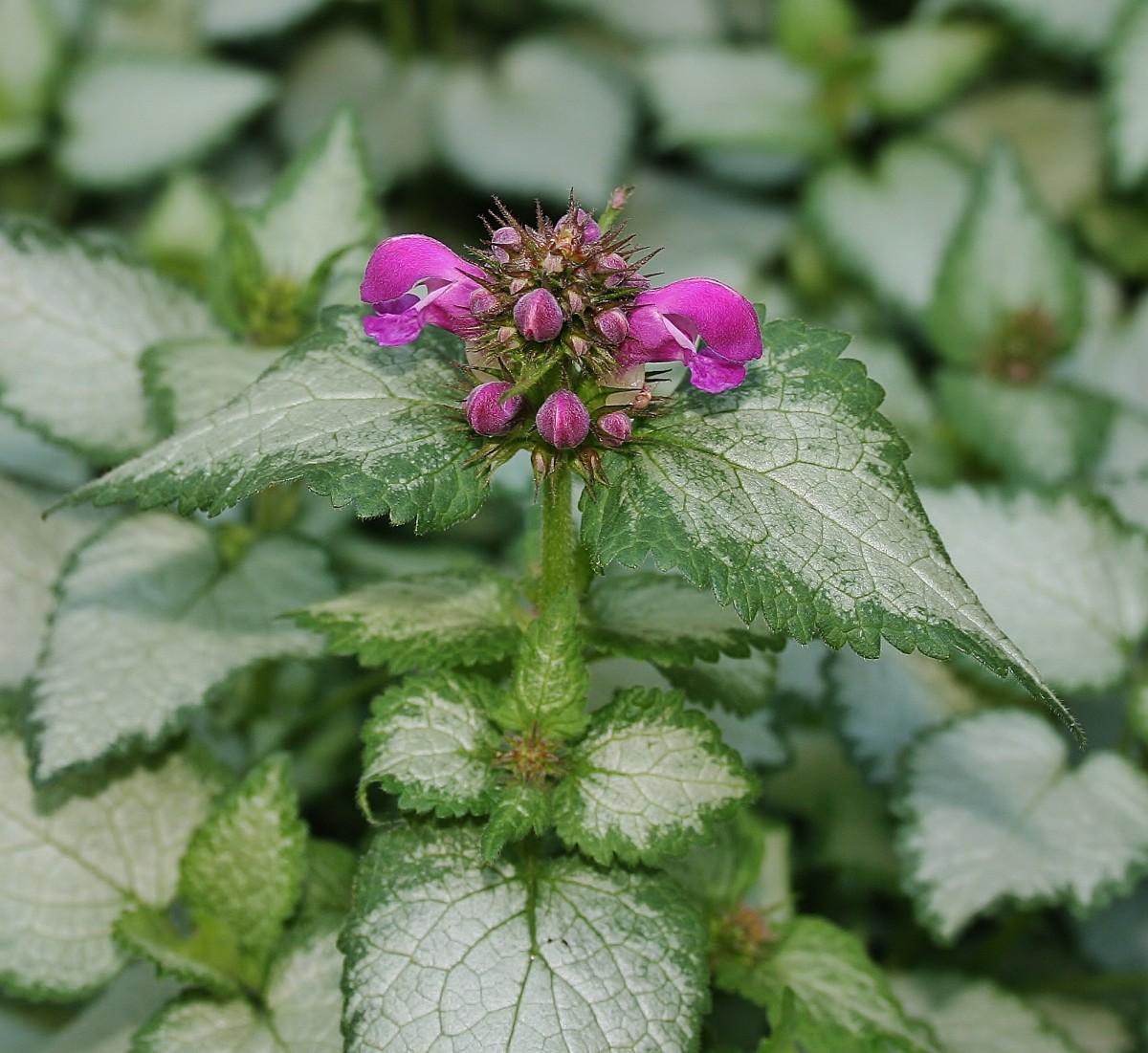
Deadnettle
Deadnettle— what an ugly name for a herbaceous perennial ground cover that's available in some very attractive species these days.
A member of the mint family, deadnettle is tough, tough, tough in Zones 4 to 8. It's deer resistant, drought tolerant and requires little maintenance other than deadheading.
Although lamium doesn't like full sun (it prefers partial sun or shade) it doesn't mind poor soil. Plant it in dry shade and enjoy blooms from late spring through summer. It's ideal for erosion control.
Bees, butterflies and birds are attracted to deadnettle flowers, which may be pink, purple, yellow or white, depending upon the species. The foliage also varies, but it is usually either grey and silver or gold and chartreuse.
Blue False Indigo (Baptisia australis)
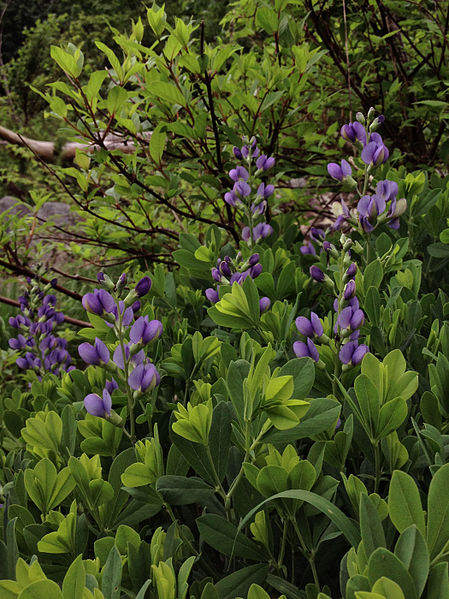
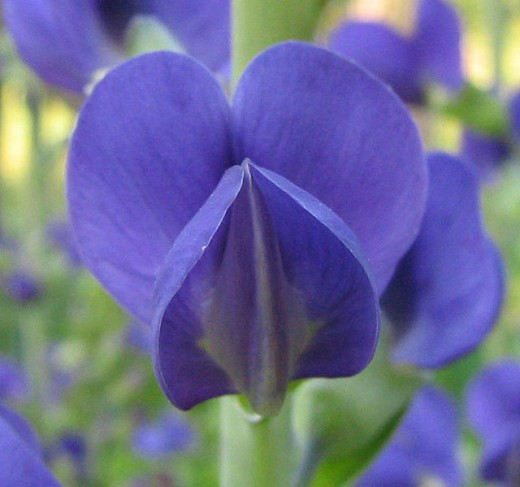
Blue False Indigo
A wildflower native to the U.S., blue false indigo is also commonly called blue wild indigo or wild blue indigo.
Hardy in Zones 3 to 8, blue false indigo is deer resistant and drought tolerant. It does well in both full sun and part sun.
False indigo is a tall plant, with some varieties growing as high as eight feet. Most types, however, grow up to three or four feet.
False blue indigo is well loved by the birds and the bees. It blooms in late spring and summer. Depending on the species, the blooms may be violet, blue or white.
Its leaves are either bluish green or greenish yellow. In late fall, the foliage turns a silvery-gray.
Like sea holly, false blue indigo has long tap roots, so it grows best from seed, as it doesn't transplant well.
Further Reading
- Landscape Plants Rated by Deer Resistance
A list of annuals, perennials, ground covers, trees & shrubs rated by their resistance to deer. From Rutgers, NJ Agricultural Experiment Station. - A California-Friendly Guide to Native and Drought Tolerant Gardens
Compiled by the Las Virgenes Municiple Water District - Best Performing Hardy Perennials for the North and Midwest L-Z
Descriptions of some of the best perennials for a variety of growing conditions.
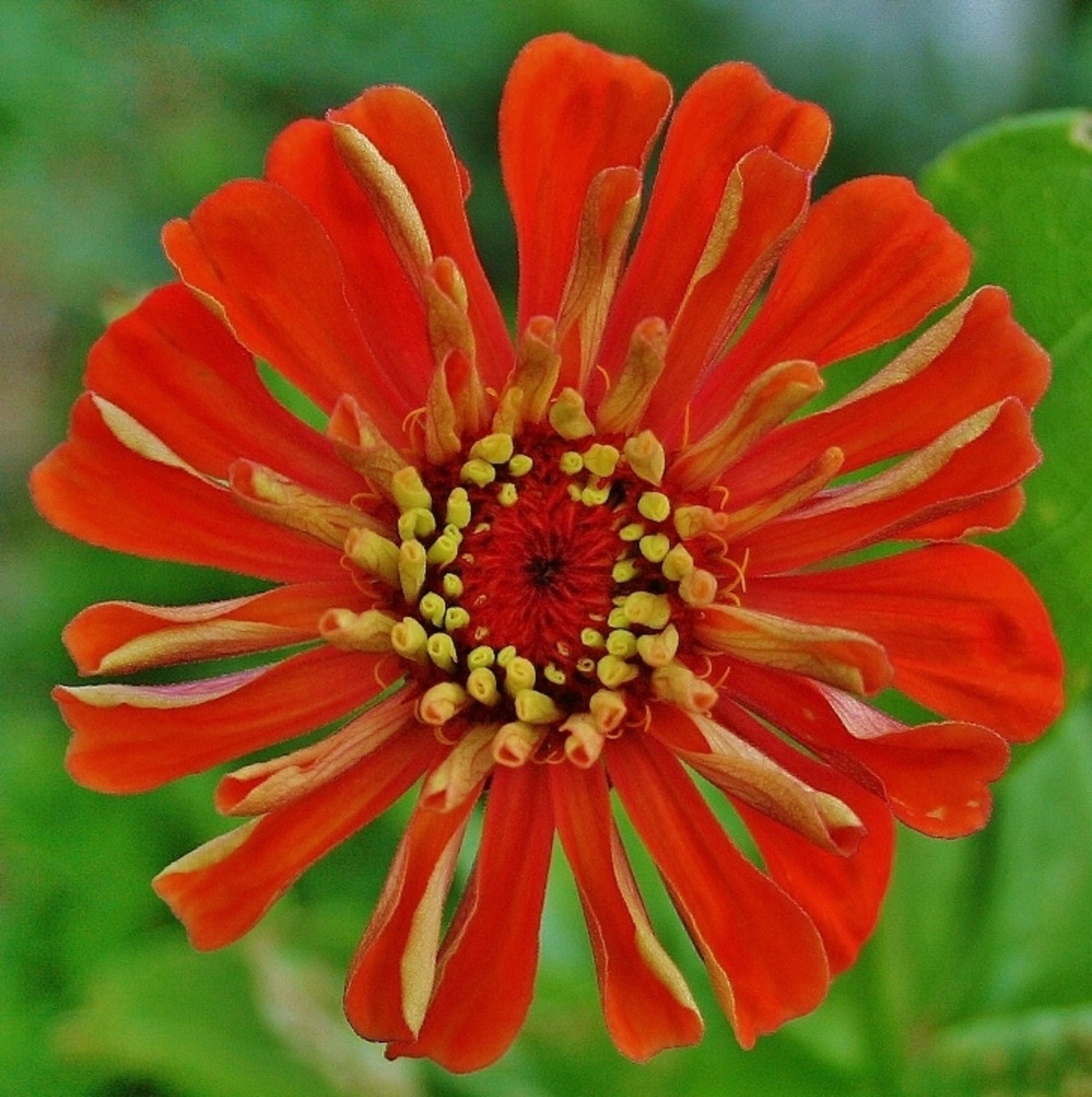
© 2014 Jill Spencer
